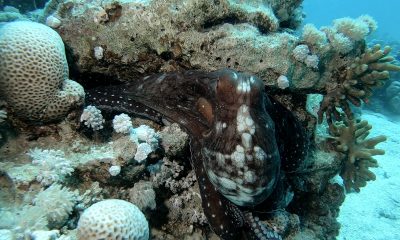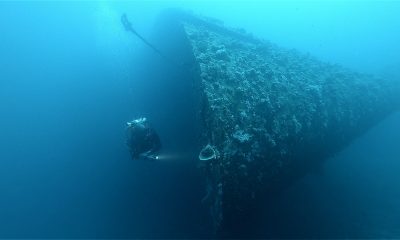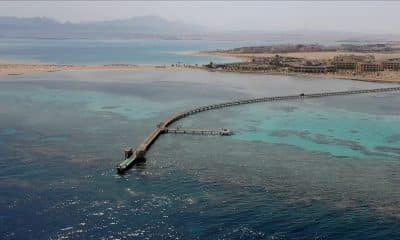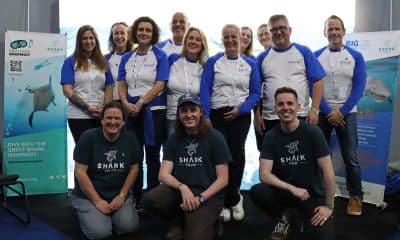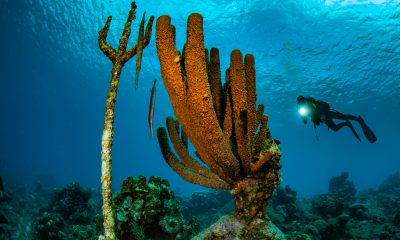News
Head to Survival Dive Stop for inclusive dive + accommodation packages in Cyprus
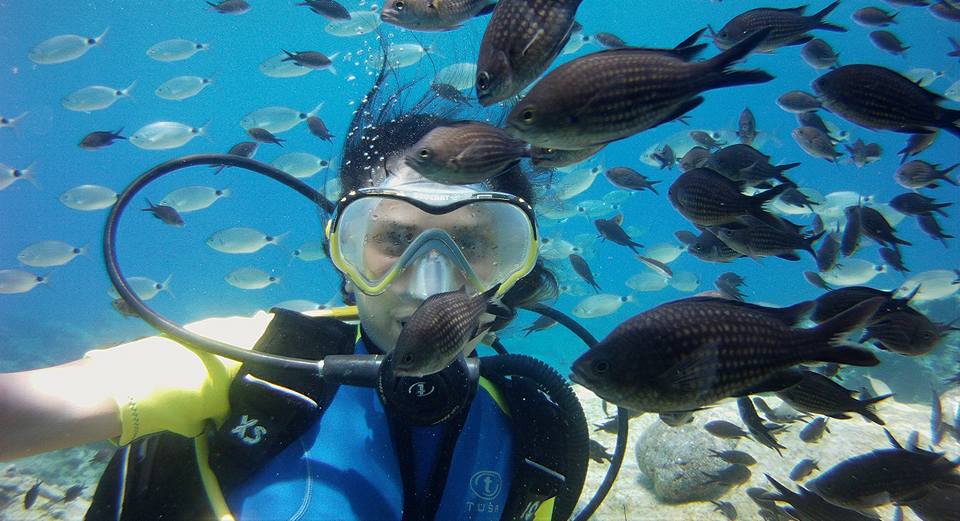
A dive centre in Cyprus run by a British expat is offering luxury, inclusive dive packages from just €395 per person for seven nights accommodation and six dives.
Survival Dive Stop is located in the popular tourist resort of Penera, which is situated on the south eastern coastline of the beautiful island of Cyprus. The diving operation is managed by Will Stratford, who returned to Cyprus in 2017 after owning a dive centre in North Wales. Will had previously been a renowned instructor in Cyprus for many years.

Cyprus is the perfect place to visit for a relaxing scuba holiday. The island has an average of 330 days of sunshine a year with winter air temperatures around 17 to 20 degrees. Air temperatures in the summer range from 30 to 45 degrees in the hotter months of July and August. Water temperatures range from 16 degrees in the winter to 28 degrees in the summer.
Every year, more and more divers discover the crystal clear waters of Cyprus. Probably the best known dive site is the world famous shipwreck of the Zenobia, a roll on roll off transporter ferry, which sunk just off the coast of Larnaca on her maiden voyage in 1980. Diving on the Zenobia is a must for divers visiting Cyprus. Survival Dive Stop can tailor make wreck trips to the Zenobia for all levels of divers, from someone doing their first wreck dives to more experienced technical and wreck divers. The Zenobia offers something for all divers.
In addition to the Zenobia, there are many other exceptional dives available along the picturesque coastline of the island including some great artificial wrecks and reefs. Cyprus also offers exciting dives such as the tunnels and caves situated in the National Park of Cape Greco. Divers travel from all over the island to dive here.
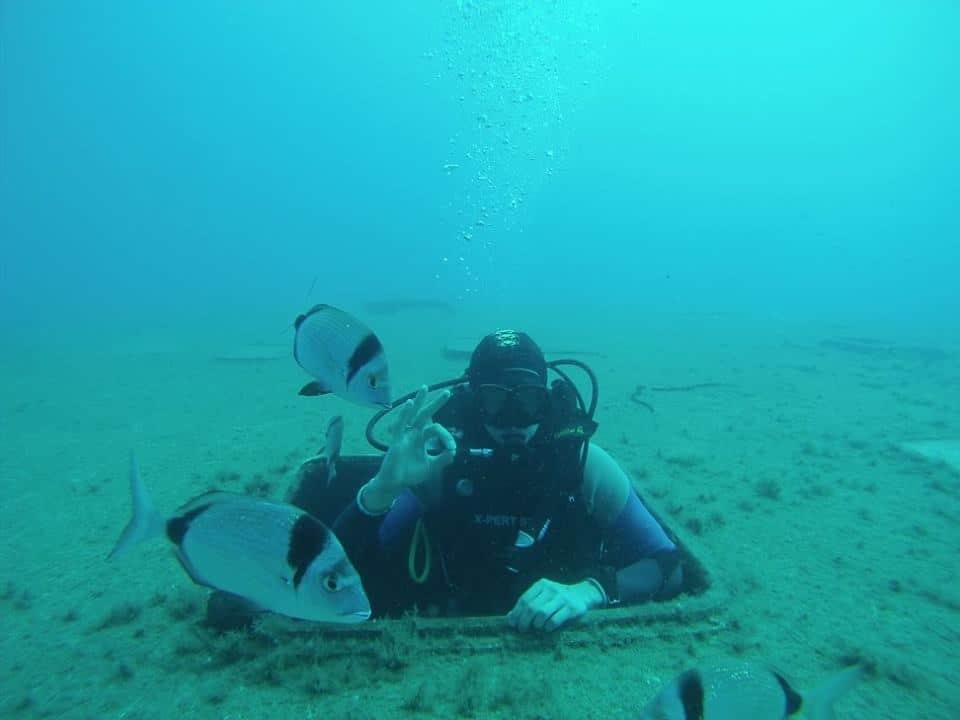
Survival Dive Stop is situated just 10 minutes drive from many of the best local dive sites. The dive centre offers divers all inclusive accommodation and dive packages, with accommodation in a luxury onsite villa with a large private pool. The villa is located out of the back of the dive centre so you can quite literally get up and go diving! The accommodation is also great for families.
The villa is located in the heart of the lively resort with bars and restaurants offering excellent food and drinks at great prices. Inclusive dive packages start at just €395 per person including a week’s self catering accommodation and six guided local shore dives, including full equipment if required (price is based on a minimum of four divers).
Survival Dive Stop can tailor make your dive package to suit your individual needs and requirements. They also offer special deals to dive schools and clubs.
For more information, please email divestop@survivalbuddies.com or call Will on 00357 96039632.
You can find Survival Dive Stop on Facebook or visit www.survivalbuddies.com.
Blogs
TRAVEL BLOG: Jeff Goodman Dives SOMABAY, Part 3
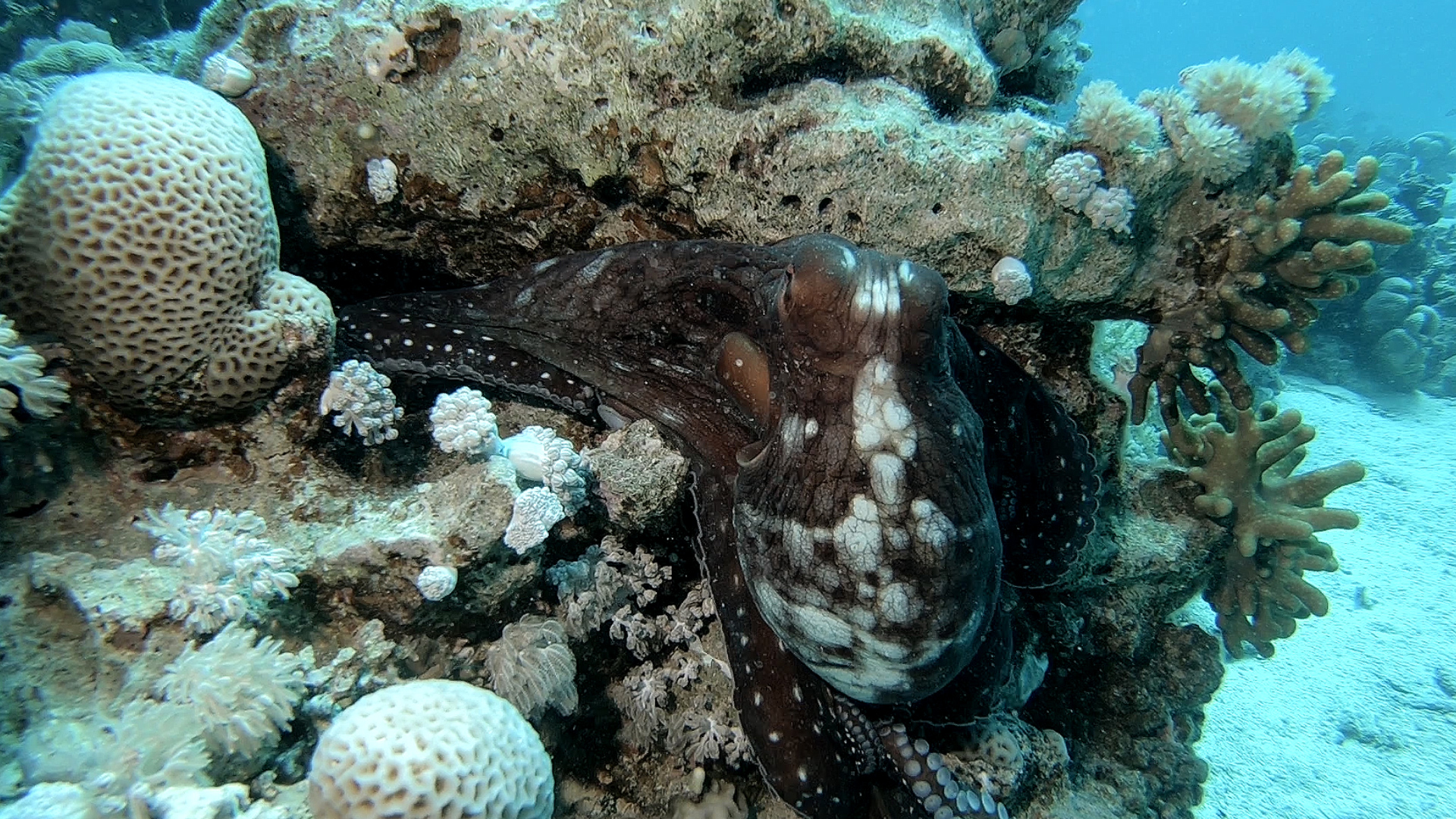
Today we are diving one of the outer reefs from an inflatable. As we reach the bottom, a reef octopus eases its way into the cover of a small crack in the coral while displaying it’s incredible ability to change colour. They are arguably one of the most charismatic of reef dwellers and it is always exciting for me to simply hover and watch. I would have spent longer and waited for it to come and investigate me, but as dive time is limited we wanted to move on and find a turtle.
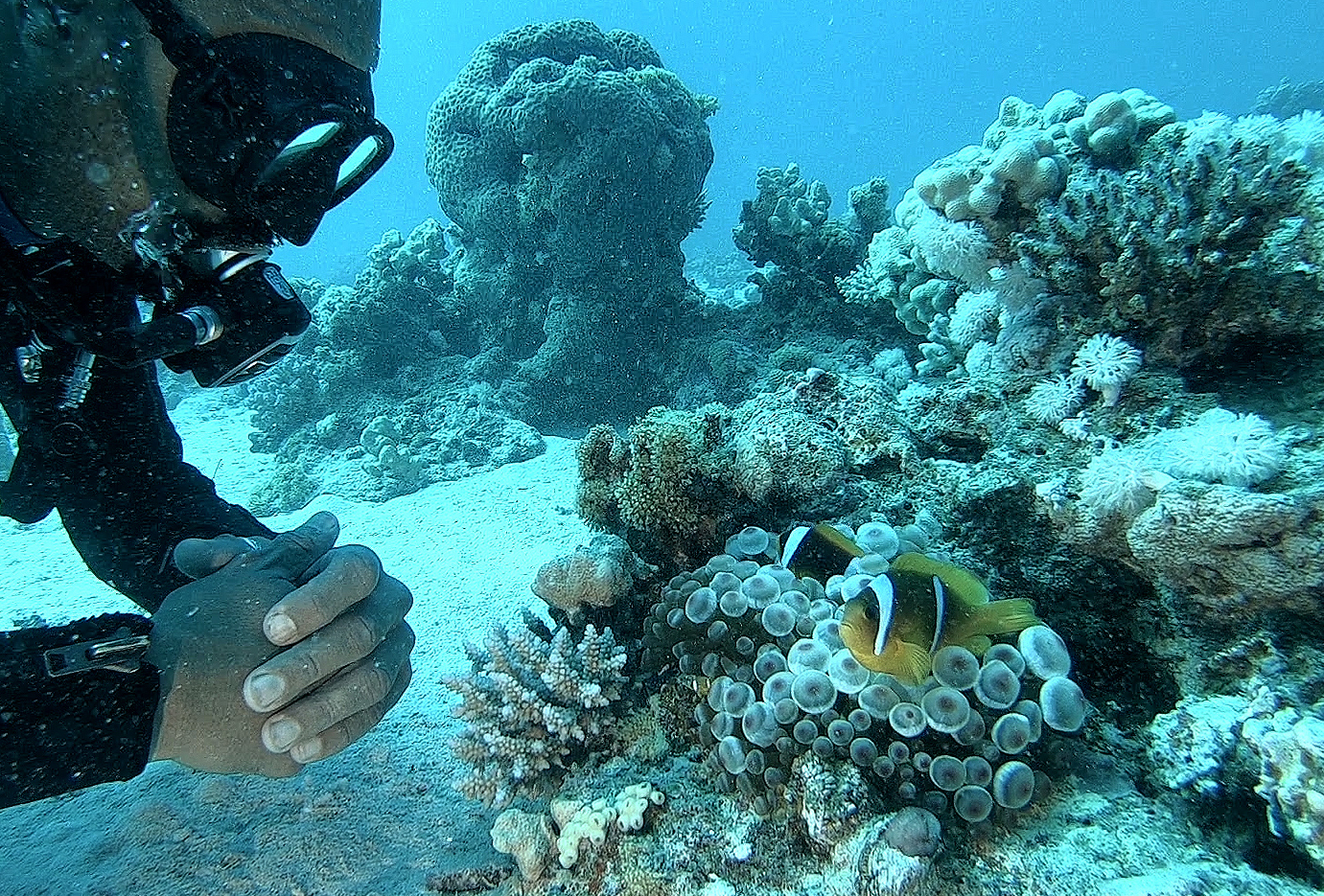
The waters around Somabay are well protected and hold a rich variety of marine life. The reef edges are thriving colonies of coral and shoaling fish, while nearer the sea bed plenty of wildlife is still to be found.
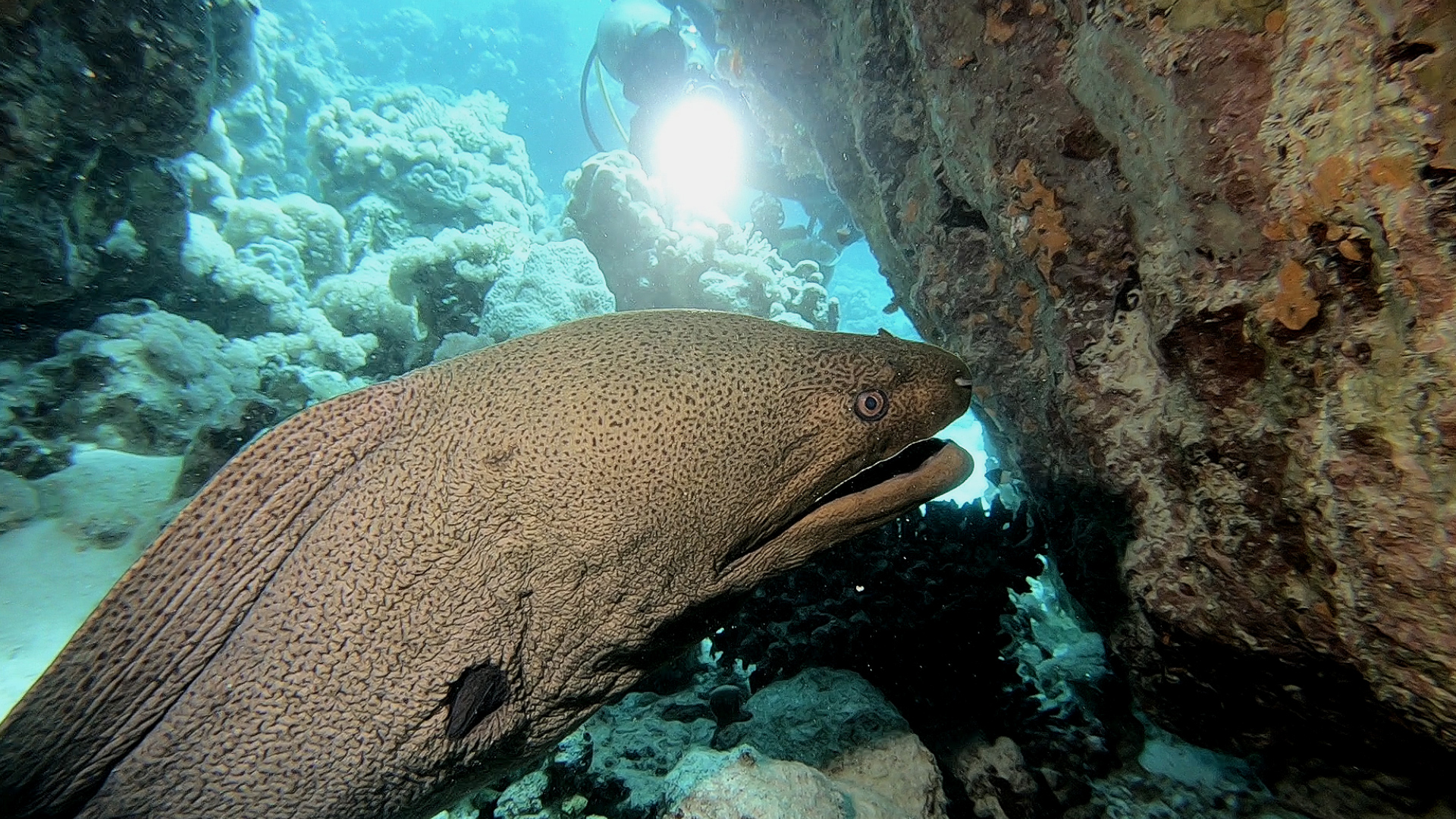
Then we located the turtles. They are very used to divers and so show little concern when slowly approached. In fact occasionally one will come over to see what you are doing. There is always huge excitement when diving with a turtle. The shear thrill of sharing a moment with another species.
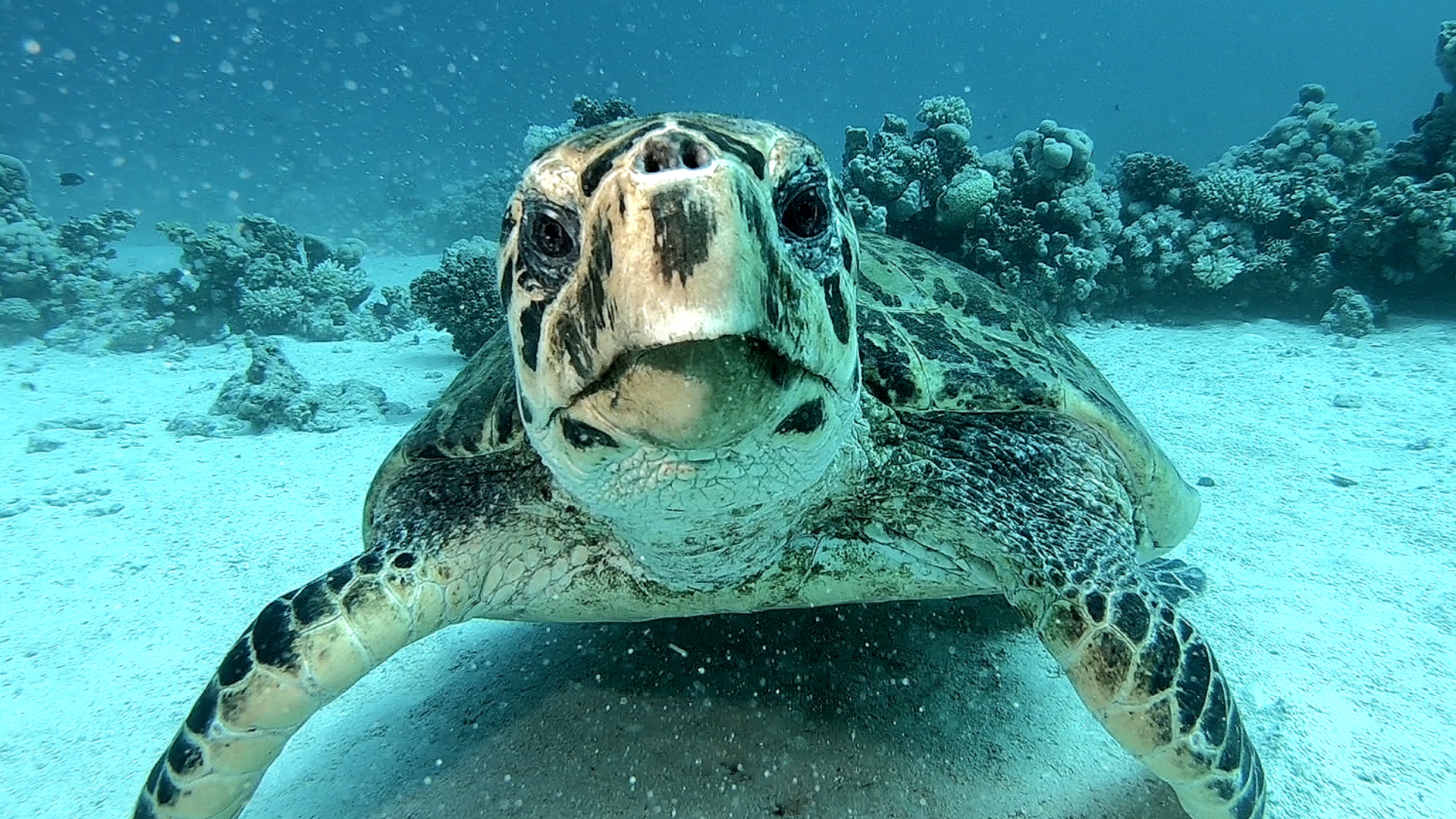
What a fantastic way to finish a wonderful few days diving and I would like to thank SOMABAY, ORCA DIVING and THE BREAKERS for making my stay such a good one.
I had a great time, with diving everyday either on the house reef or on one of the offshore reefs by inflatable or larger day boat. Orca diving provided high quality equipment and facilities while the staff were all very friendly and welcoming. The Breakers was right on the coast with nice rooms, good food and once again friendly staff making the whole trip a real pleasure.
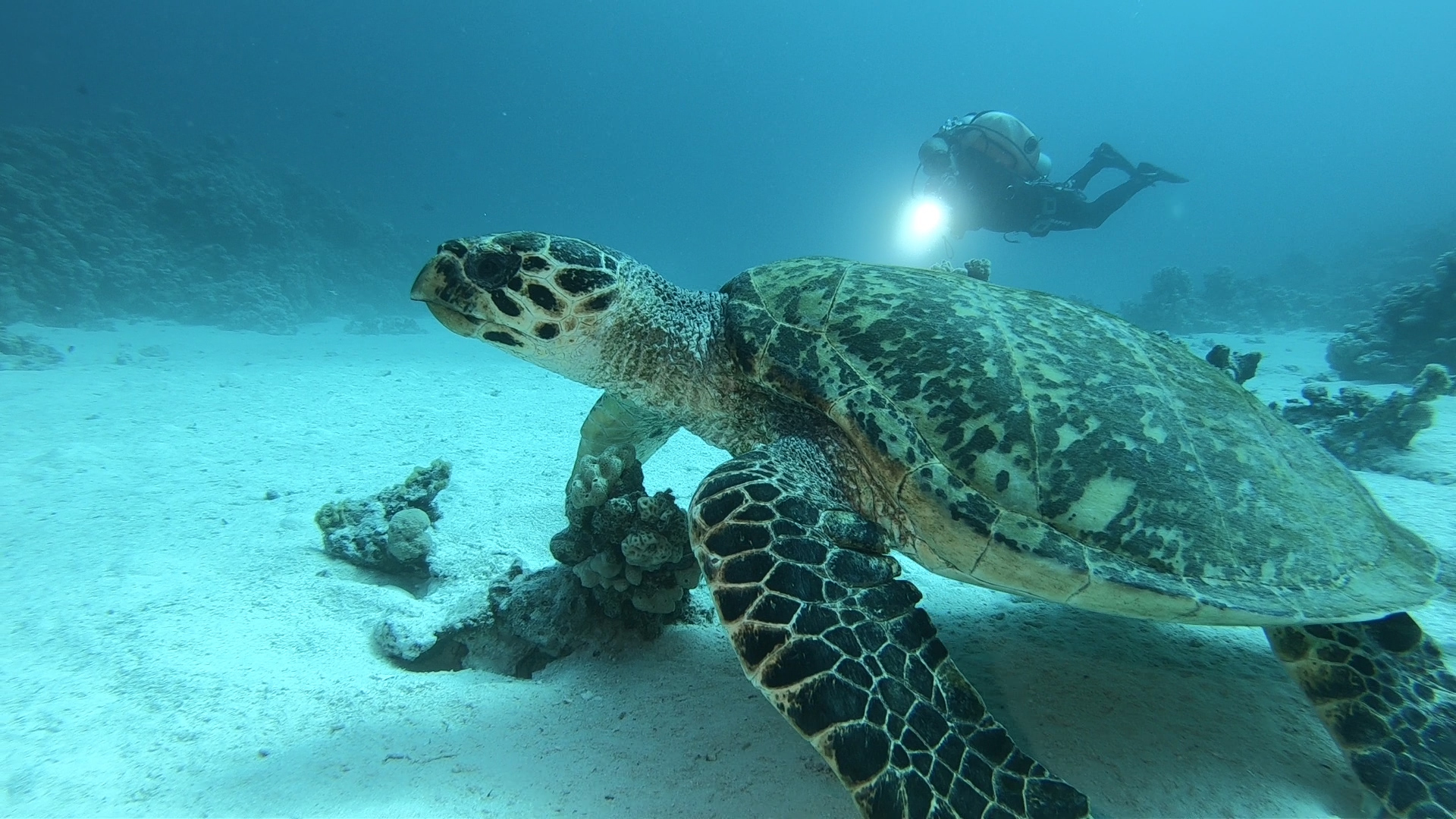
Soma Bay covers an entire peninsula and is home to several resorts as well as residential compounds.
As well as scuba diving, Somabay caters for many other sports and activities, and so is perfect for families as well as individuals and/or groups. And of course there is always time to lay peacefully on the beach under the Egyptian sun.
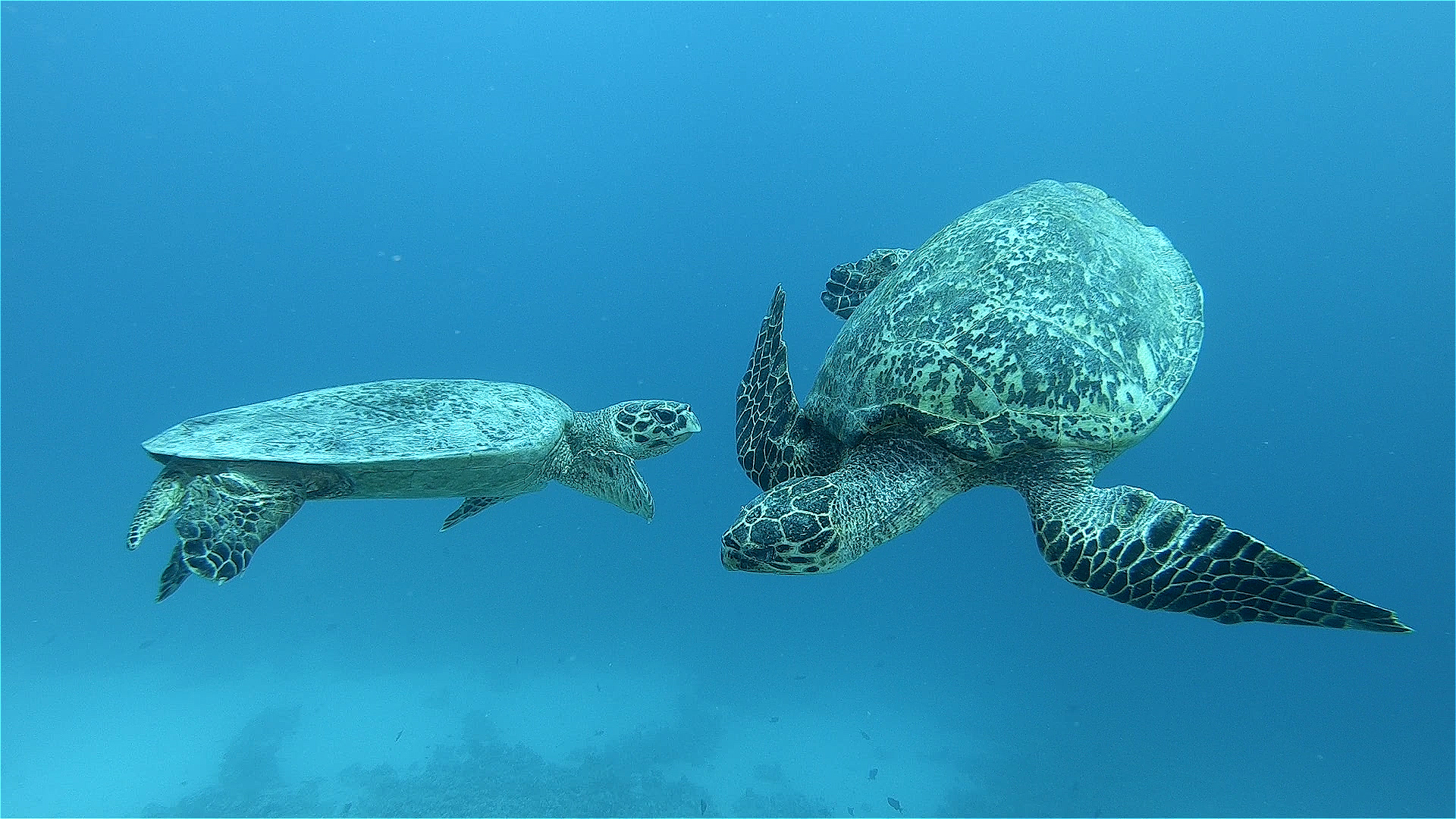
Book your next Red Sea dive adventure with SOMABAY! For more information, visit www.somabay.com.
Stay at the Breakers Diving & Surfing Lodge when you visit! For more information, visit www.thebreakers-somabay.com.
Find out more about ORCA Dive Clubs at SOMABAY at www.orca-diveclubs.com/en/soma-bay-en.
Blogs
TRAVEL BLOG: Jeff Goodman Dives SOMABAY, Part 2
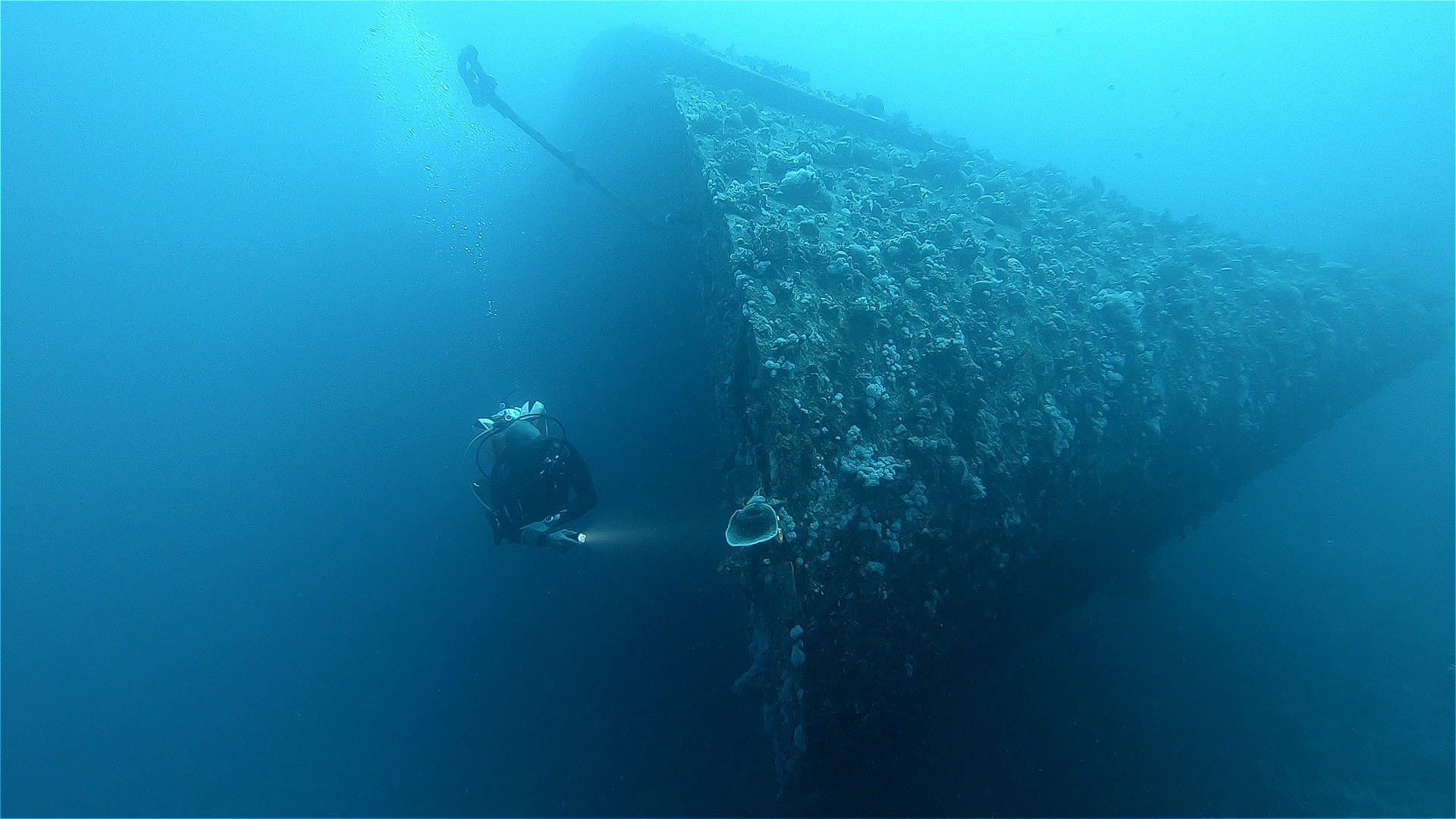
Day three of my trip to Somabay and we were spending the day on the Lady Christina and diving on the wreck of the Salem Express.
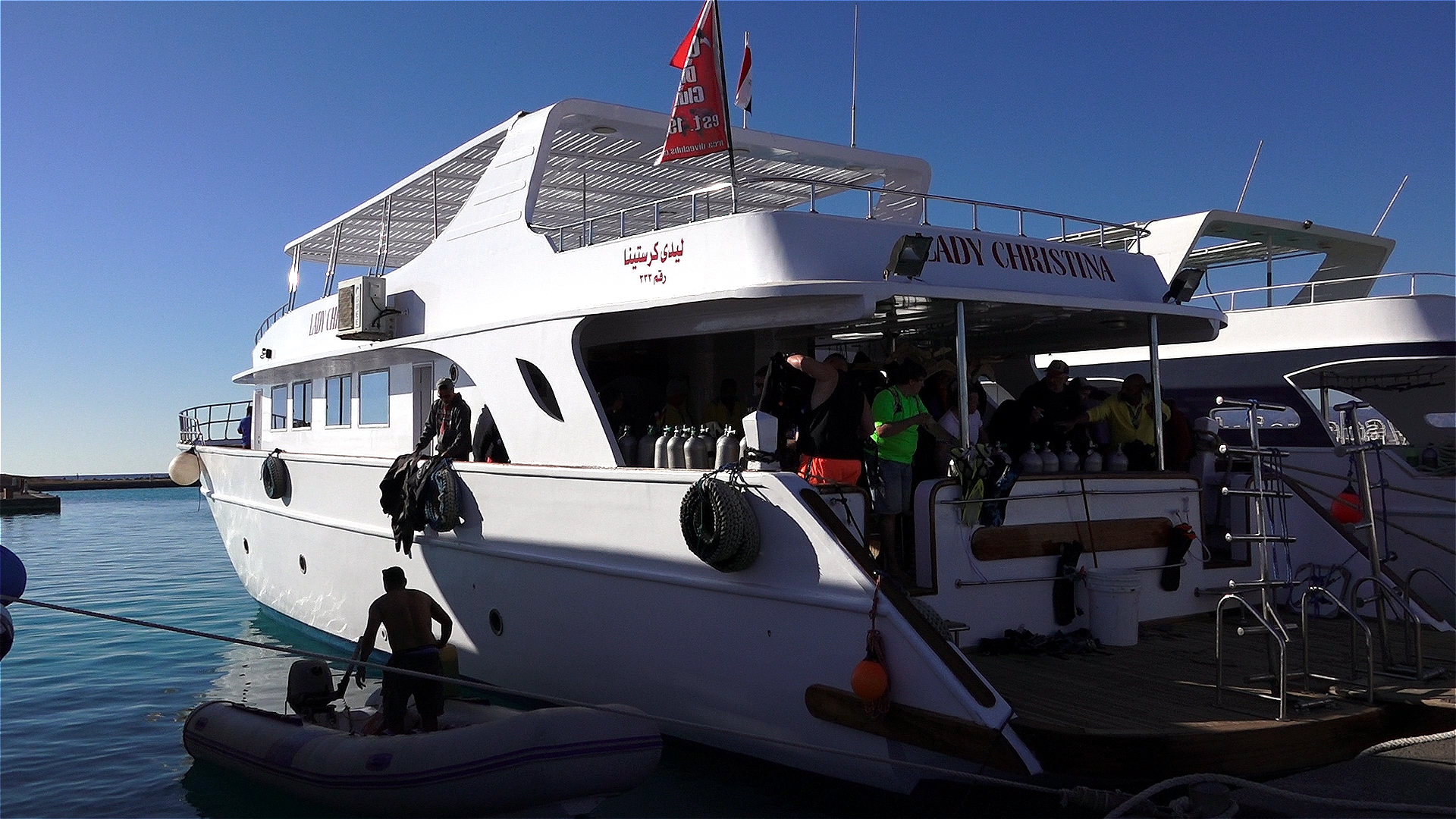
Diving wrecks for me is always one of mixed emotions. The excitement of diving a wreck is more than often tempered by the thought of loss of life when she sank. The Salem Express was a passenger ship and a roll-on/roll-off ferry travelling from Jeddah, Saudi Arabia to Safaga, Egypt. Most passengers were of poor class travelling home from their holidays while around 150 people were returning home from their pilgrimage to Mecca.
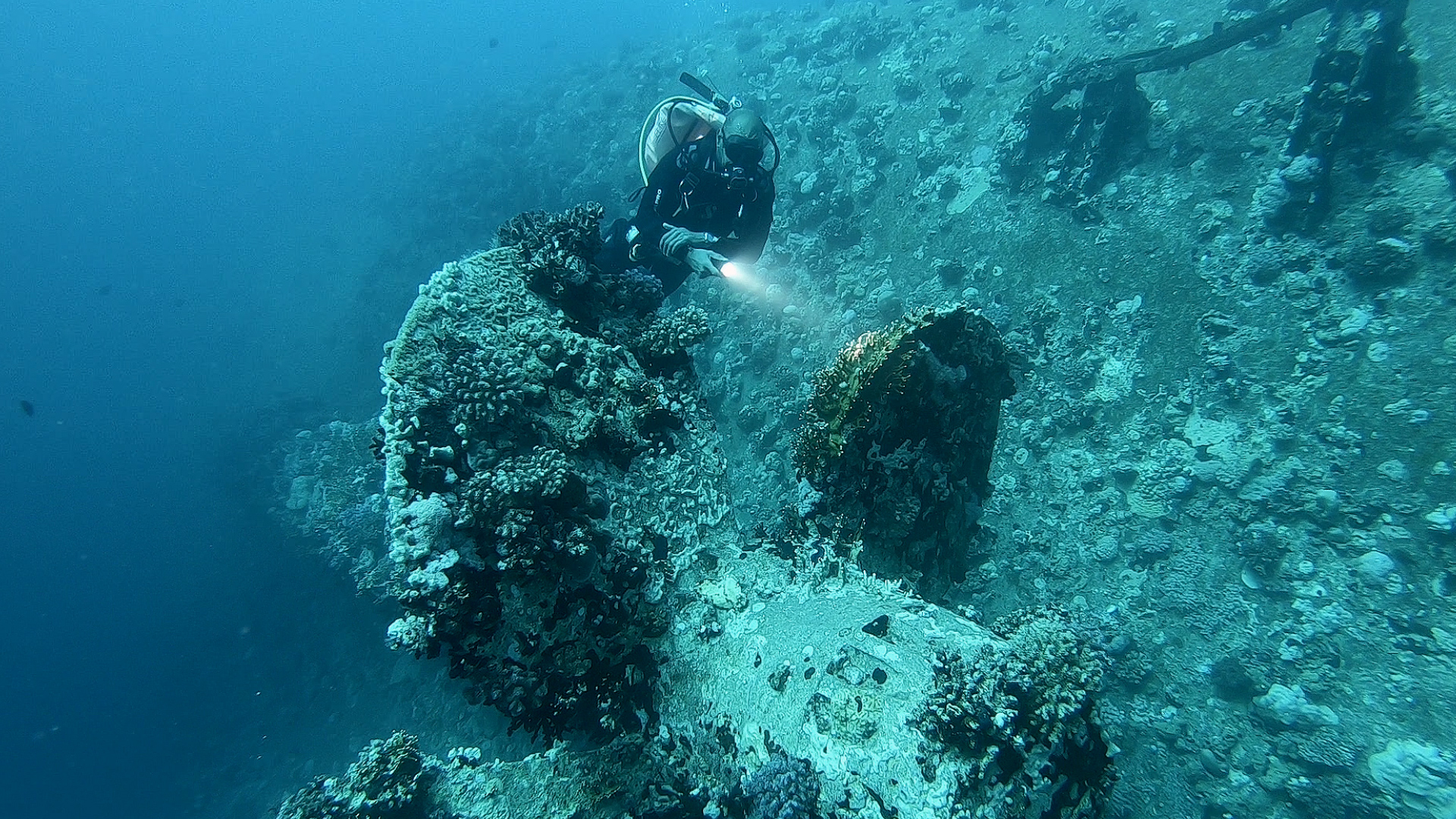
The ship struck a reef and sank within 20 minutes. Passengers were trapped below deck and the ship was filled with fear and panic.
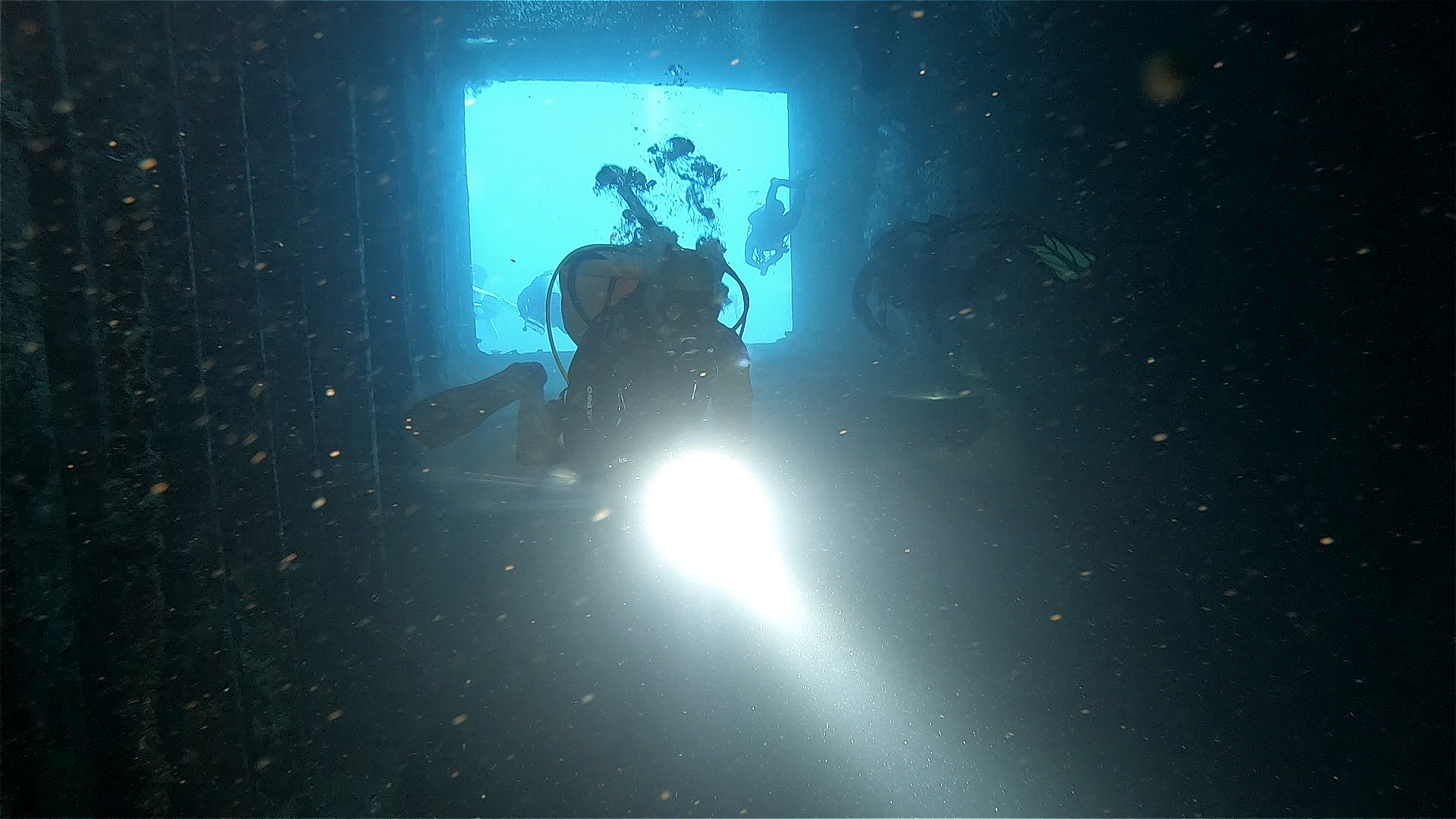
The wreck area is strewn with personal belongings from the crew and passengers such as a transistor radio and a flat iron for clothes. A diver at sometime has put them in a prominent place to be seen.
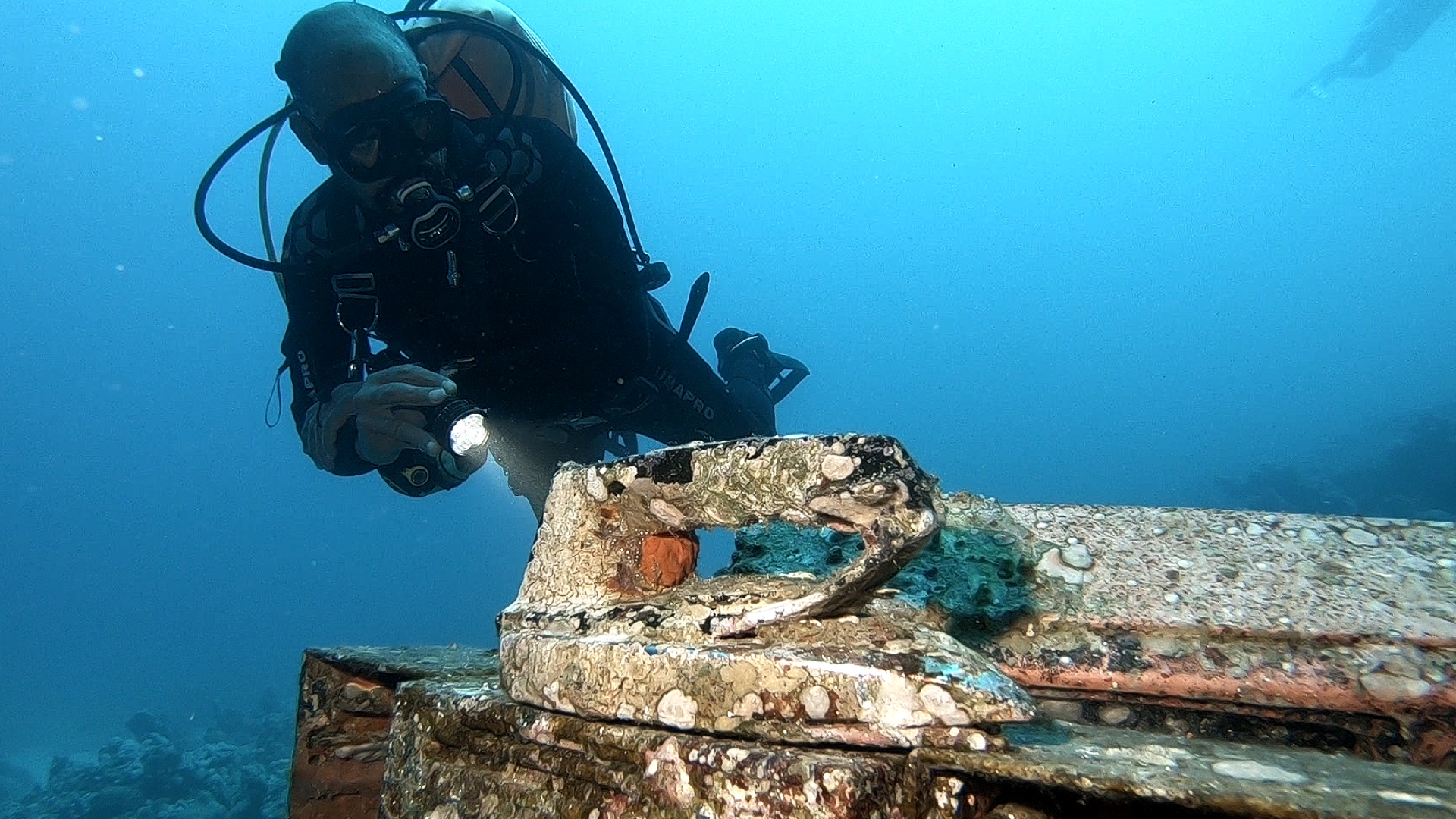
Tragically only one life boat was launched while the others went down with the ship. More than 600 men, women and children lost their lives here.
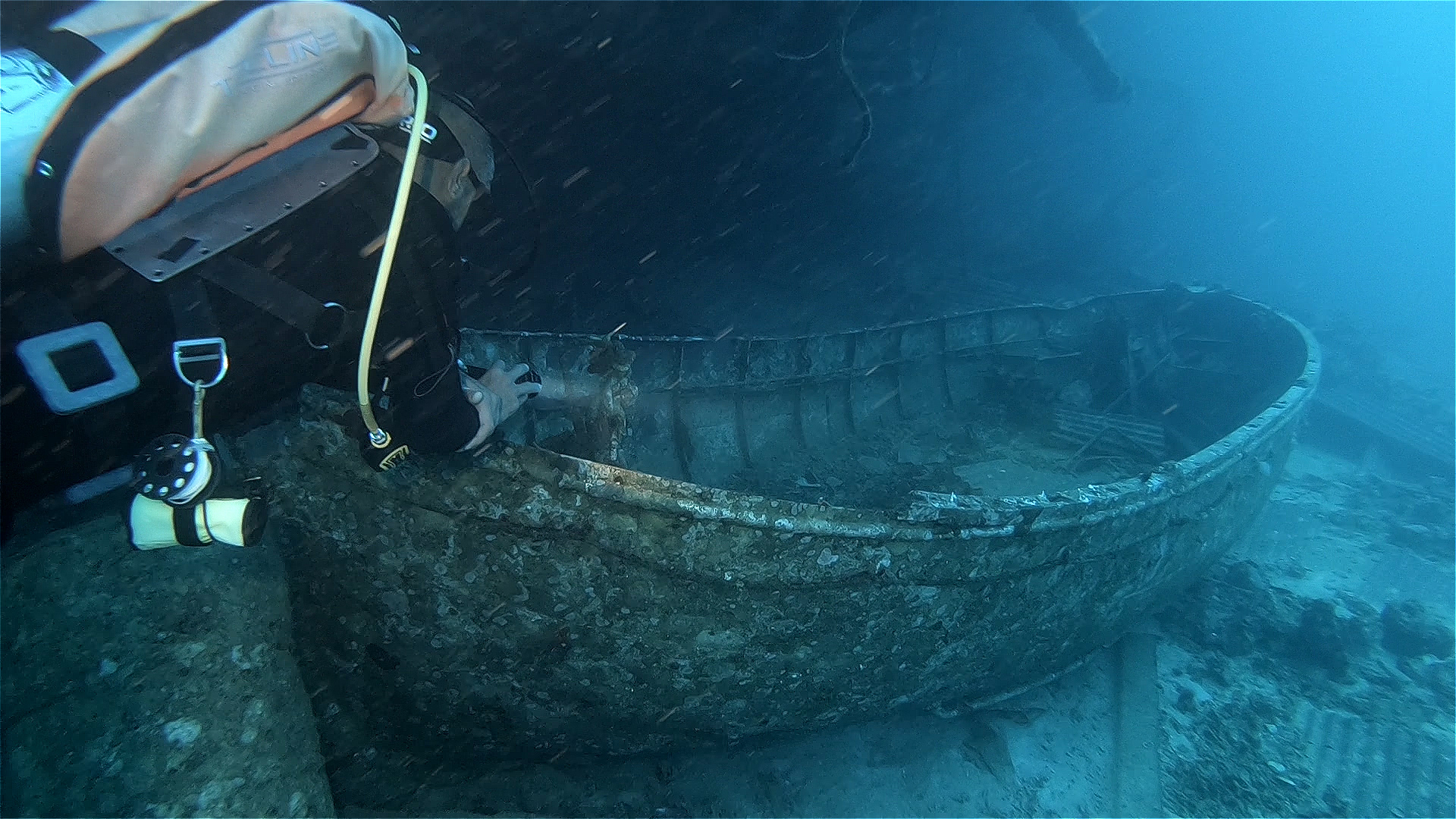
It’s a stark reminder that the sea can be unforgiving and so when we dive on such wrecks we should do so with humble regard.
Returning to the surface, shoals of fish are gathered under our boat and seem to be welcoming us back into the light.
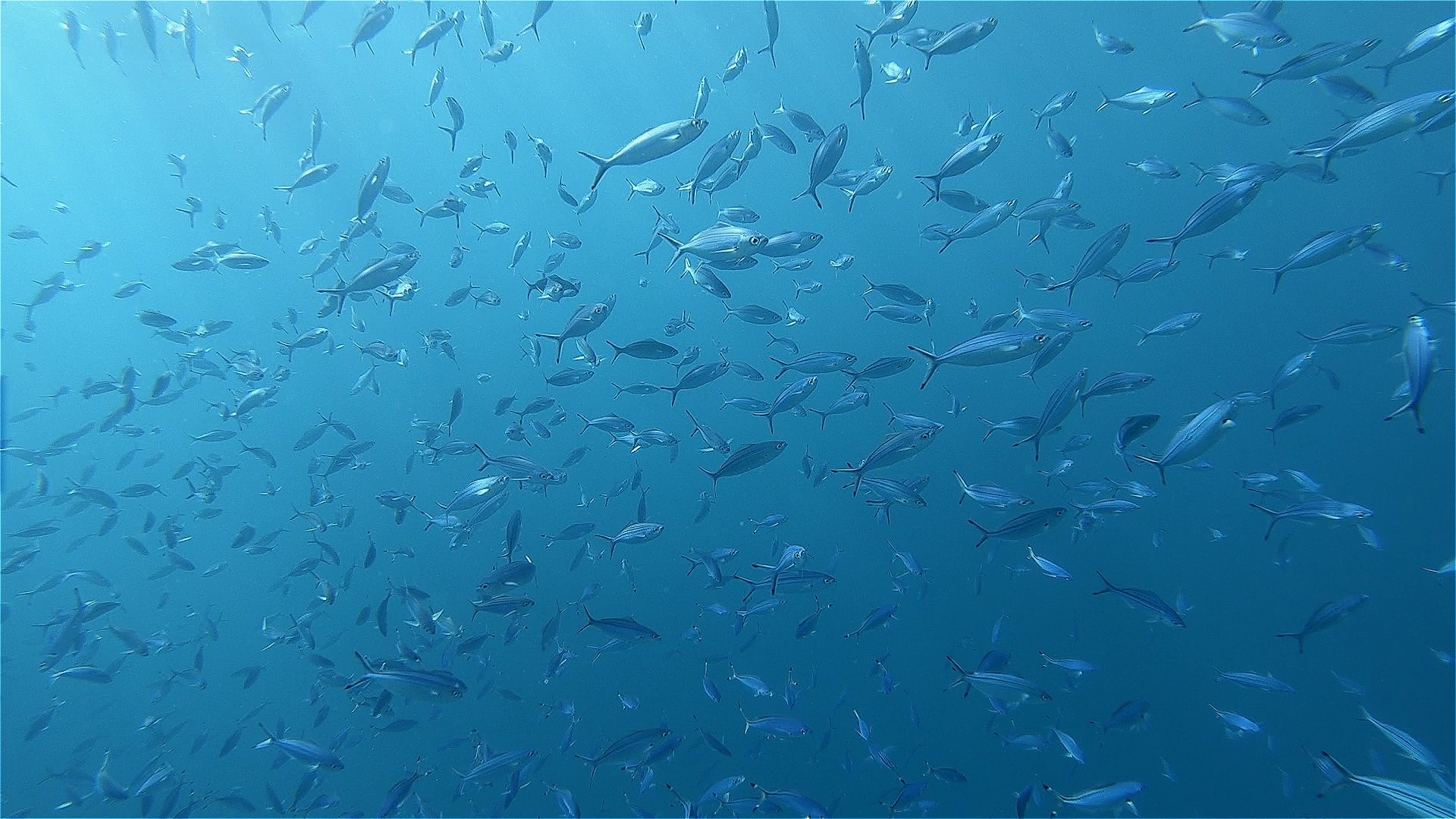
Back at the Breakers I sat in the dining area with a beer and a very good meal while my thoughts still remained with the day’s dive on the Salem Express.
Check in for part 3 tomorrow for Jeff’s last day of diving with Somabay on the off-shore reefs looking for turtles.
Book your next Red Sea dive adventure with SOMABAY! For more information, visit www.somabay.com.
Stay at the Breakers Diving & Surfing Lodge when you visit! For more information, visit www.thebreakers-somabay.com.
Find out more about ORCA Dive Clubs at SOMABAY at www.orca-diveclubs.com/en/soma-bay-en.
-
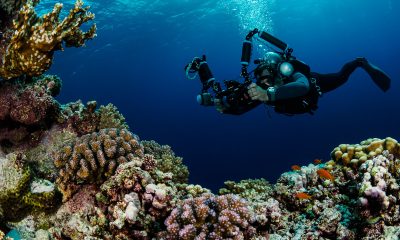
 News3 months ago
News3 months agoHone your underwater photography skills with Alphamarine Photography at Red Sea Diving Safari in March
-
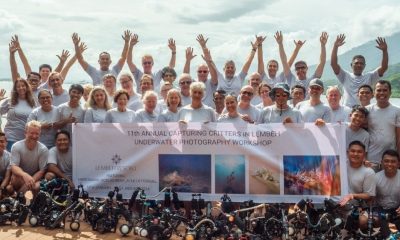
 News2 months ago
News2 months agoCapturing Critters in Lembeh Underwater Photography Workshop 2024: Event Roundup
-
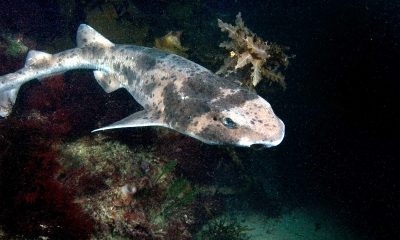
 Marine Life & Conservation Blogs2 months ago
Marine Life & Conservation Blogs2 months agoCreature Feature: Swell Sharks
-
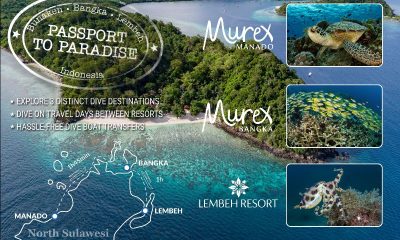
 Blogs1 month ago
Blogs1 month agoMurex Resorts: Passport to Paradise!
-
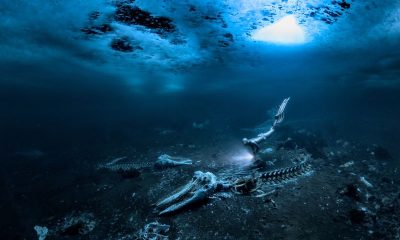
 Blogs2 months ago
Blogs2 months agoDiver Discovering Whale Skeletons Beneath Ice Judged World’s Best Underwater Photograph
-
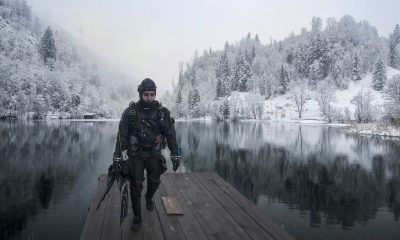
 Gear News3 months ago
Gear News3 months agoBare X-Mission Drysuit: Ideal for Both Technical and Recreational Divers
-
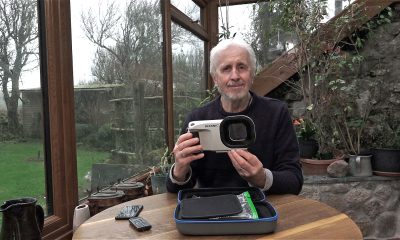
 Gear Reviews2 months ago
Gear Reviews2 months agoGear Review: Oceanic+ Dive Housing for iPhone
-
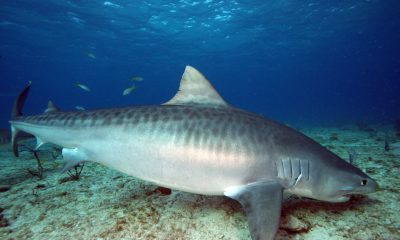
 Blogs3 months ago
Blogs3 months agoThe Thrilling Encounter with Tiger Sharks at Beqa Lagoon’s ‘The Colosseum’ with Coral Coast Divers



